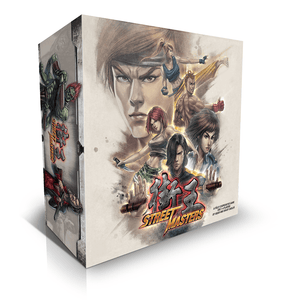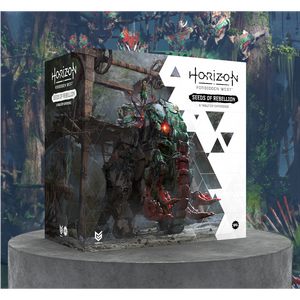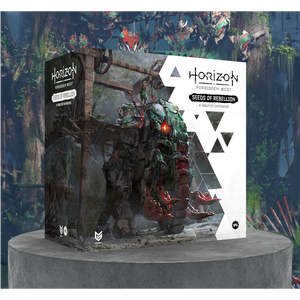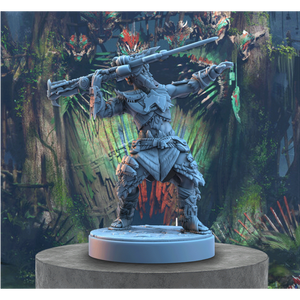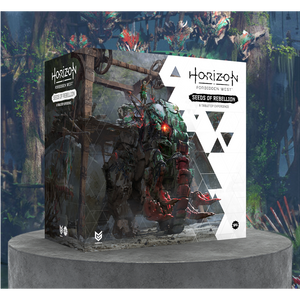Cleaning and assembling resin miniatures is easy once you know how and can be done with just a few tools and materials.
Must haves:
Super Glue
Hobby Knife
Nice to haves:
Wine Corks
Double-sided Foam Tape
Sand or Pumice Gel (for basing your miniature)
Step 1: Removing Mold Lines and Flash
Firstly, you need to clean away any mold lines or extra bits left over from the molding process. These can vary in size but should come off easily with a hobby knife, be careful not to mistake small details for excess resin! To remove the mold lines from your model, use the edge of a hobby knife slightly angled to gently scrape the mold lines off. This can take multiple passes along the mold line but should leave you with a nice smooth surface to paint. Take your time and be careful not to scrape off details!

Step 2: Removing Mold Release Agent
The resin casting process involves using a mold release agent to help remove the finely detailed miniatures from the mold. However, this leaves a slight residue that makes it hard for paint to adhere to the miniature. It's simple enough to remove though. Get a cup of warm water and put one or two drops of dish soap in it and then mix it up. Add the resin pieces to the water and let them soak for a minute or so. Then take an old paint brush and gently scrub the pieces. After this is done rinse off the pieces and gently dab dry with a paper towel. Allow the pieces to fully dry before gluing or priming your model.
Note: if you are worried about losing a piece down the drain simply have another cup of warm water with no dish soap in it set aside to rinse the pieces in.

Step 3: Assembling your Miniature
With your pieces cleaned you are now ready to assemble your model. For this you will want to use medium thickness super glue. Super glue can be bought many places, even the grocery store. We suggest using medium thickness as it is the easiest to work with. We recommend our Army Painter Super Glue. When using super glue, it is best to take your time. If it’s a new bottle test how quickly the glue will come out of the tip before trying to apply it to your miniature. Before applying your glue check to see where the separate pieces fit into the model.
Once you are ready to glue your miniature, securely hold your miniature and steady your hands. Gently squeeze the bottle, you should be able to see the glue coming toward the tip and be able to control to amount that comes out. Put a small dot on the surface you wish to be glued. If too much glue is applied simply dab your piece off on some paper towel or other nearby scrap to remove the excess.

With the glue applied press the two pieces together. Hold the pieces, steadying your hands if able. The steadier you hold the piece the faster the glue will cure/set. Hold for 10-15 seconds and then try removing your hand if there is movement of the pieces when you try this don’t let go and keep holding until there is no movement. Once there is no movement set the pieces aside to allow them to fully cure for an additional 30-60 seconds. If it is a delicate piece give extra drying time before gluing any additional pieces on.

Note: if you are finding that it is taking too long to dry, or a piece is giving you trouble you can try wiping the glue off each piece and let them dry before trying to re-apply glue. This can happen if a piece is moved to much while it is drying, which causes the glue to take longer to cure. Also, the older your super glue is the longer it will take to bond. New super glue bonds very quickly so be careful with your fingers, so they don’t get glued to your model.
Did you know? Super glue was originally developed as a quick way to seal wounds on the battlefield before receiving surgery! Which explains why it’s so good at sticking your fingers together!!
Step 4 (Optional): Basing your Miniature
If you want to add some extra life to your miniature or have a certain setting in mind, then you may want to add some texture to the base. To get glue or pastes to better adhere to the base you will want to rough it up by scratching cross hatched lines into it with your hobby knife.

Once this is complete you can apply your basing material. Shown in this tutorial is Golden Medium Pumice Gel which is a paste that once dried leaves a nice texture that looks like sand or dirt. You can also use Army Painter Battleground Basing with some PVA glue brushed on, then sprinkle the battleground basing material or sand. The paste is applied using a small tool or even just a wooden coffee stirrer. It is applied in small patches and can be easily moved around on the base or removed if too much is applied. While working with the paste periodically wet your tool to prevent the paste from sticking to it. Allow the paste or sand to dry fully before priming your model.

Step 5 (Optional): Making a Holder for your Miniature
Use some wine corks and double-sided tap or generic tac to create a holder for your miniature. This holder will give you more control over the painting and priming process and allow you to touch the model less, which will reduce the chance of paint being worn off by constant rubbing or rough handling. Shown below are 2 wine corks glued with super glue, and some foam double sided tape. Other options would be using old paint pots, pill bottles, or even a painting handle!

Firmly press your model onto the tape to ensure a good bond. If you find the model is not sticking well, you may need to rough up the bottom of the base like mentioned in the previous step using your hobby knife.

With your miniature assembled and ready to paint you can now move onto priming it. In the next blog we will introduce you to priming and give some tips to help you achieve the best results. Priming is a very important step when painting resin miniatures as it helps the paint adhere to the miniature, making for a more durable paint job and for a more enjoyable painting experience.

 Join us on Discord
Join us on Discord


